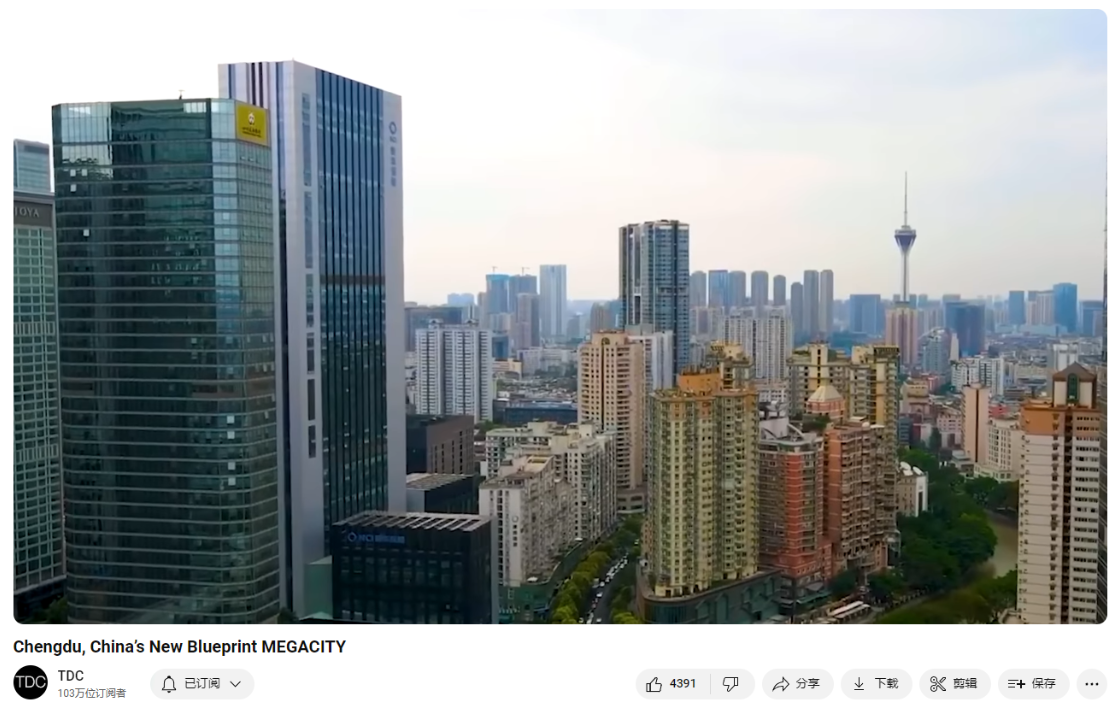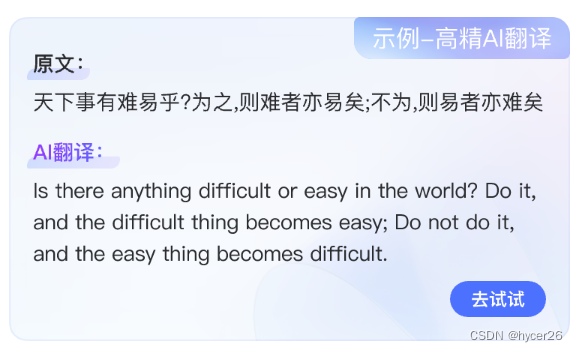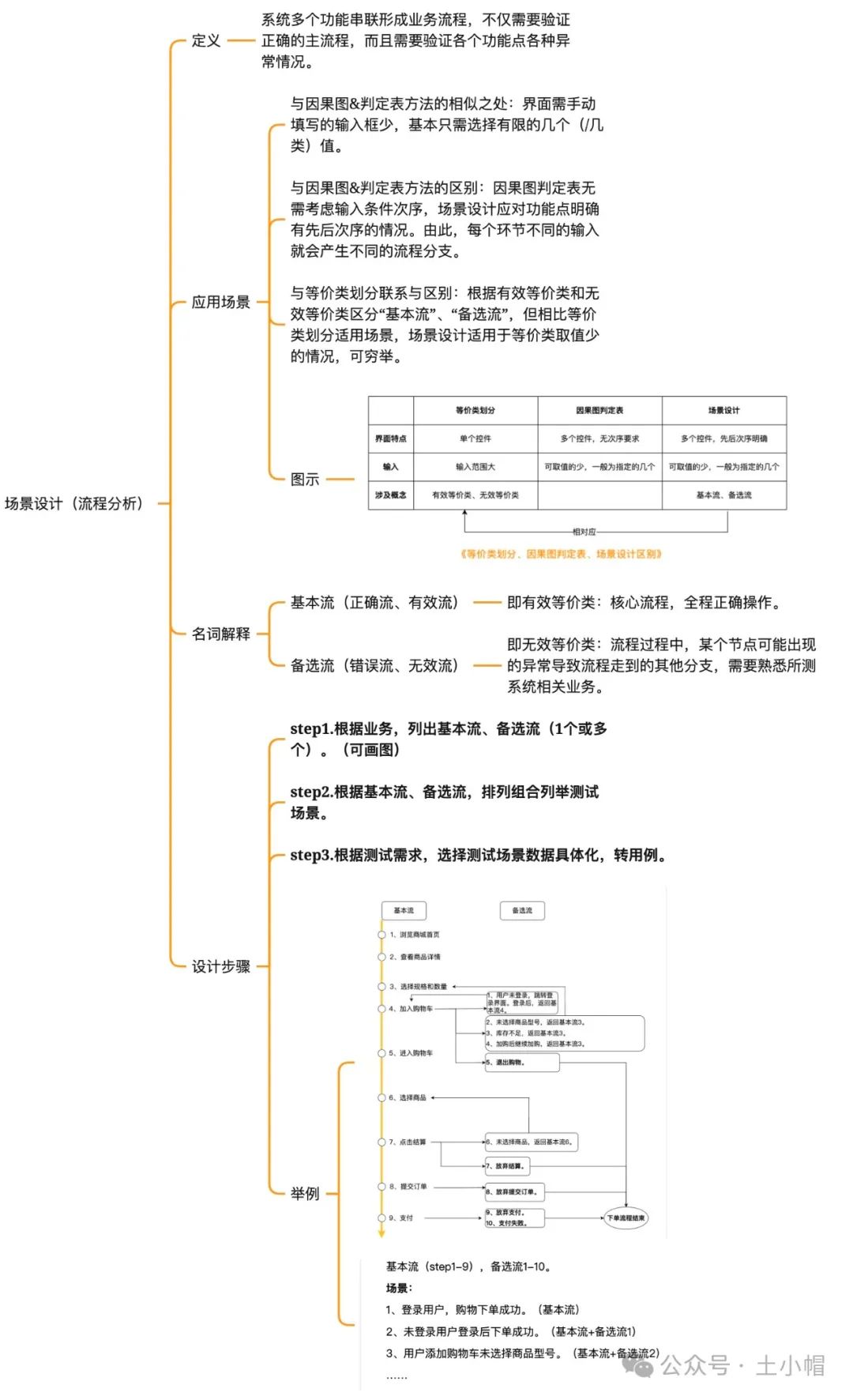Chengdu, China’s New Blueprint MEGACITY
Link: https://www.youtube.com/watch?v=a6DR5Hh4AHM

Southwest China’s largest metropolis and one of its greenest big cities has a population of 21 million. Chengdu exemplifies Beijing’s quest to modernize the country’s vast interior and is the lynchpin of an emerging eco-friendly mega-region in Sichuan province.
Summary
Summary of the Script
Paragraph 1:
Chengdu, the largest metropolis in Southwest China, is known as the country’s greenest big city. With a population nearing 21 million, it exemplifies Beijing’s efforts to modernize the interior regions and serves as a key part of an emerging mega-region. Surrounded by scenic mountains and known for its agricultural abundance and spicy cuisine, Chengdu has a rich history dating back over 3,000 years. Despite facing severe challenges such as a Mongol invasion in the 1500s, Chengdu rebounded due to its fertile land, attracting millions of immigrants and developing into a major city. It played a crucial role during the Chinese Civil War in 1949, becoming the last stronghold for Chiang Kai-shek’s forces. Post-war, Chengdu attracted talent that established many of its enduring industries and institutions.
Paragraph 2:
Chengdu benefited significantly from Beijing’s “Open Up The West Program” launched in 2000, aimed at spreading prosperity to the western regions. This led to a population boom and significant urban development, including the construction of numerous high-rises and extensive green spaces, earning it the designation of China’s Park City Demonstration Area. Efforts have been made to create a more livable city with parks, paths, and athletic facilities, incorporating ecological development to address challenges. Chengdu plans to establish the world’s largest network of continuous paths by 2050, enhancing its urban environment. Despite some setbacks, such as the corruption scandal involving billionaire Deng Hong’s excessive New Century Global Center, Chengdu’s growth continues to reflect China’s varied visions of prosperity.
Paragraph 3:
China’s broader strategy of integrating population centers has also impacted Chengdu, connecting it with other major cities through extensive infrastructure projects like highways, airports, and high-speed rail. The goal is to unite Chengdu with Chongqing, transforming the region into a mega-region. However, rapid growth is straining natural resources, particularly the overreliance on hydroelectric power, which was highlighted by a recent drought-induced power crisis. To sustain its development, Chengdu needs to diversify its energy sources to prevent future blackouts. The city invites international visitors to experience its famous pandas and numerous parks, hoping they leave with innovative ideas to take back to their own countries.
视频脚本总结
段落 1:
成都是中国西南地区最大的城市,被誉为全国最绿色的大城市。拥有近2100万人口,它是北京现代化内陆地区努力的典范,也是新兴大区域的关键部分。四川省盆地被风景优美的山脉环绕,以其农业丰富和著名的辣椒调味品及火锅闻名。成都已有3000多年的历史。
段落 2:
成都在2000年启动的“西部大开发”计划中受益匪浅,该计划旨在将繁荣扩展到西部地区。这导致了人口激增和城市发展,包括许多高楼和广泛的绿色空间建设,使其获得了中国“公园城市示范区”的称号。当地官员致力于创建一个更宜居的城市,通过公园、小径和体育设施来提升城市环境,并利用生态发展解决挑战。成都计划在2050年之前建立世界上最大的连续路径网络,改善其城市环境。
段落 3:
中国将人口中心一体化的广泛战略也影响了成都,通过广泛的基础设施项目如高速公路、机场和高铁将其与其他大城市连接起来。目标是将成都与重庆联合,形成一个大区域。然而,快速增长给自然资源带来了压力,尤其是对水电的过度依赖,这在最近的干旱引发的电力危机中显露无遗。为了持续发展,成都需要多样化其能源来源,以防止未来的停电。成都会邀请国际游客体验其著名的大熊猫和众多公园,希望他们带着创新的想法离开,带回到自己的国家。
Vocabulary
designation:美 [ˌdezɪɡˈneɪʃn] 名称;称号;指定;任命;选定;职位名称;头衔; 注意发音
metropolis: 美 [məˈtrɑːpəlɪs] 首要城市;大城市;大都会 注意发音
exemplify:美 [ɪɡˈzemplɪfaɪ] 是…的例证;举例说明;作为…的例证
vast:广阔的;辽阔的;浩瀚的;巨大的;
interior:美 [ɪnˈtɪriər] 内部;内地;内陆;
lynchpin: 美 [ˈlɪntʃˌpɪn] 至关重要的人物;关键因素
modernize the country’s vast interior and is the lynchpin of an emerging mega-region. 使该国广阔的内陆地区现代化,是一个新兴大区域的关键。
scenic: 风景如画的;风景优美的;景色宜人的;
fertile: 美 [ˈfɜːrtl] 肥沃的;多产的;富饶的;
basin: 美 [ˈbeɪsn] 凹地;海盆;流域;
cuisine: 美 [kwɪˈziːn] 烹饪;烹饪艺术;烹饪风格;
chili: 美 [ˈtʃɪli] 辣椒;香辣粉
spicy hot pot: 辣火锅
ring:环绕
Scenic mountains ring the fertile basin of Sichuan province, a land known for its agricultural abundance and famous cuisine of chili-infused sauces and spicy hot pot. 风景优美的山脉环绕着富饶的四川盆地,这片土地以其丰富的农业资源和著名的辣椒酱和麻辣火锅而闻名。
bleak: 美 [bliːk]荒凉的;裸露的;光秃秃的;不宜居住的;
evacuation:美 [ɪˌvækjuˈeɪʃ(ə)n] 疏散;撤离;转移
academics:美 [ˌækəˈdemɪks] 大学生;大学教师;学者;(academic的复数)
influx:美 [ˈɪnflʌks] (人、资金或事物的)涌入;流入;注入;汇集;大量到来
premiere:美 [prɪˈmɪr] 首次上演;首次露面;“premiere”有“首要的”或“最重要的”的意思
the city attracted loyal business people, workers, and academics–an influx of talent that founded many of the industries and institutions that continue to make Chengdu the premiere cultural and economic center of Southwest China.这座城市吸引了忠诚的商人、工人和学者——这些人才的涌入造就了许多产业和机构,继续让成都成为中国西南地区首屈一指的文化和经济中心。
Open Up The West Program:西部大开发计划
wealthy coastal regions:富裕的沿海地区
encourage immigration from its wealthy coastal regions and spread prosperity to its 12 poorest areas in the west.
highrise:美 [haɪ’raɪz] 高层建筑
catapult:美 [ˈkædəˌpəlt] 猛掷;猛投;迅速投掷;突然(或快速)移动;
Between 2010 and 2022 105 highrises over 100 meters were completed, catapulting it to 12th on the list of the world’s tallest metropolises. 2010年至2022年间,105座100米以上的高层建筑竣工,使其在世界最高大都市名单中排名第12位。
Mediterranean:美 [ˌmedɪtəˈreɪniən] 地中海的;地中海地区的;
blackouts:断电;(blackout的复数)
Transcript
Southwest China’s largest metropolis is
the country’s greenest big city. With a
population of nearly 21 million, it exemplifies
Beijing’s quest to modernize the country’s vast
interior and is the lynchpin of an emerging
mega-region. This is Chengdu, the park city.
Scenic mountains ring the fertile basin
of Sichuan province, a land known for its
agricultural abundance and famous cuisine
of chili-infused sauces and spicy hot pot.
Its capital has been continuously
inhabited for more than 3,000 years,
the only major city in China to have an unchanged
name and location throughout the imperial,
republican, and communist eras–a history
that remains remarkably well preserved.
In the second century BC, Chengdu was one of
Earth’s largest civilizations, with 350,000
inhabitants. In the 11th century, the world’s
first widely used paper money was created here.
Unfortunately, things turned bleak in the
1500s when its residents were nearly all
destroyed by a Mongol
invasion. For decades afterward,
Chengdu remained so sparsely populated
that wild tigers freely roamed its streets.
But Sichuan was far too fertile a land
to remain without a major city for long,
and soon developments in farming and new trading
opportunities with the western hemisphere drew
millions of immigrants from provinces near and
far to cultivate its new cash crop: tobacco.
During the Chinese Civil War in 1949, Chengdu
was the last stronghold in the country for the
forces of Chiang Kai-shek’s Republic of
China before their evacuation to Taiwan.
In spite of its short-lived status as the capital,
the city attracted loyal business people, workers,
and academics–an influx of talent that founded
many of the industries and institutions that
continue to make Chengdu the premiere cultural
and economic center of Southwest China.
In the year 2000, Beijing launched the “Open
Up The West Program” to encourage immigration
from its wealthy coastal regions and spread
prosperity to its 12 poorest areas in the
west. As an established metropolis, Chengdu
has been a major winner under the policy.
Its population has doubled over the last 25 years
while becoming one of China’s most dynamic cities.
Between 2010 and 2022 105 highrises over 100
meters were completed, catapulting it to 12th
on the list of the world’s tallest metropolises.
But high-density construction is happening all
across China. What’s special about Chengdu is the
amount of land local officials have set aside for
parks, paths, and athletic facilities, an
effort to make it as livable as possible.
President Xi has officially designated
it China’s Park City Demonstration Area.
Municipal leaders even brought in experts
from the United Nations to better understand
how ecological development can solve some
of Chengdu’s most pressing challenges.
One ultimate goal is to create the
world’s largest continuous network of
paths by 2050 by reserving 500 meters on
either side of its largest ring highway,
a project that will eventually produce
188 square kilometers of parks.
Instead of allowing vehicles to dominate,
whenever land was cleared for a new highway or
overpass, a little extra space was set aside
for parks and paths, making it easier,
more enjoyable, and safer to bike or walk.
They’ve also covered much of the
concrete supporting their transportation
infrastructure in ivy; designed more appealing
bridges; and cleaned up their waterways.
But Chengdu hasn’t gotten everything
right. A downside to China’s build-first
ask-questions-later approach is that some
businesspeople completely lose their minds
to greed. Chengdu may be home to the
worst example of excess in the world:
billionaire Deng Hong’s 18 million square
foot New Century Global Center, the largest
building by floor area in human history. It
has two malls, a waterpark with a 150-meter
horizon simulating screen; plus many offices,
conference rooms, a university complex, an olympic-size skating rink, Imax cinemas, a Mediterranean village, and a 1,000-room hotel.
On the eve of its grand opening event in
2013, Deng was arrested on corruption charges
in an investigation that also ensnared 50 local
government officials. How such a grossly excessive
building rose in a city that a decade later is
being hailed as China’s parkland utopia speaks
to the many competing visions of prosperity
being pursued across the People’s Republic.
One vision that has been constant is China’s push
to connect its many population centers–to make
travel between them more efficient and supply
chains more integrated. First, it happened all
along the coast: most notably by blending the
national capital with Tianjin on Bohai Bay;
by joining the cities surrounding
Shanghai on the Yangtze River delta;
and in the south by melting three
megacities - plus China’s newest addition,
Hong Kong and its seven million
citizens - into one megaregion.
Simultaneously, it undertook a nationwide airport,
highway, and high-speed rail building boom,
successfully connecting these regions with every
other city and town in central and eastern China.
The grand plan now for Chengdu is to unite it with
the other megacity in the basin, Chongqing. From
a higher altitude, satellite photos show the land
between the two cities as rural and undeveloped,
but as we zoom in and updated images appear,
highways, tunnels, and more pop up all over,
including Tianfu airport that was just completed
in 2021 and is set to become one of China’s
busiest. There’s already one high-speed rail
line that makes the 190-mile trip between the
two cities in about an hour, and a second line is
under construction that will take even less time.
But the region’s growth appears to be hitting
the limit of what its natural resources can
support. Its air, hemmed in by mountains is
full of particulates–a consequence of its many
machines and cars. The good news is that most
of these motors will soon be electric. The bad
news is that 80% of its electricity is supplied by
dammed rivers–an overreliance on hydroelectricity
that was exposed last summer when drought and
scorching temperatures dropped water levels so
low that Sichuan province’s power output was cut
in half just as everyone’s air conditioners and
fridges were kicking on. The crisis resulted
in officials shutting off power to many homes
and 16,000 industrial sites–for days at a time,
including a 10 day work stoppage that cut off
the supply of parts vital for the manufacture of
Teslas in Shanghai. With rivers to the west and
south of the city tapped out, and Chengdu rapidly
sprawling to the east, officials need to quickly
diversify the electricity supply sooner rather
than later. If not prolonged blackouts could hit
during the first summer that international
visitors have had to explore the new and
improved megacity since the pandemic shut all of
China down to the outside world three years ago.
Indeed, Chengdu hopes you come for its
famous pandas, stay to enjoy its many parks,
and leave impressed with many ideas for
how to improve wherever you come from.
Thanks for watching. Last time I explored Buenos
Aires and next time I’m profiling
Manilla, the Philippines megacity.
Afterword
2024年6月24日16点16分于上海。



















